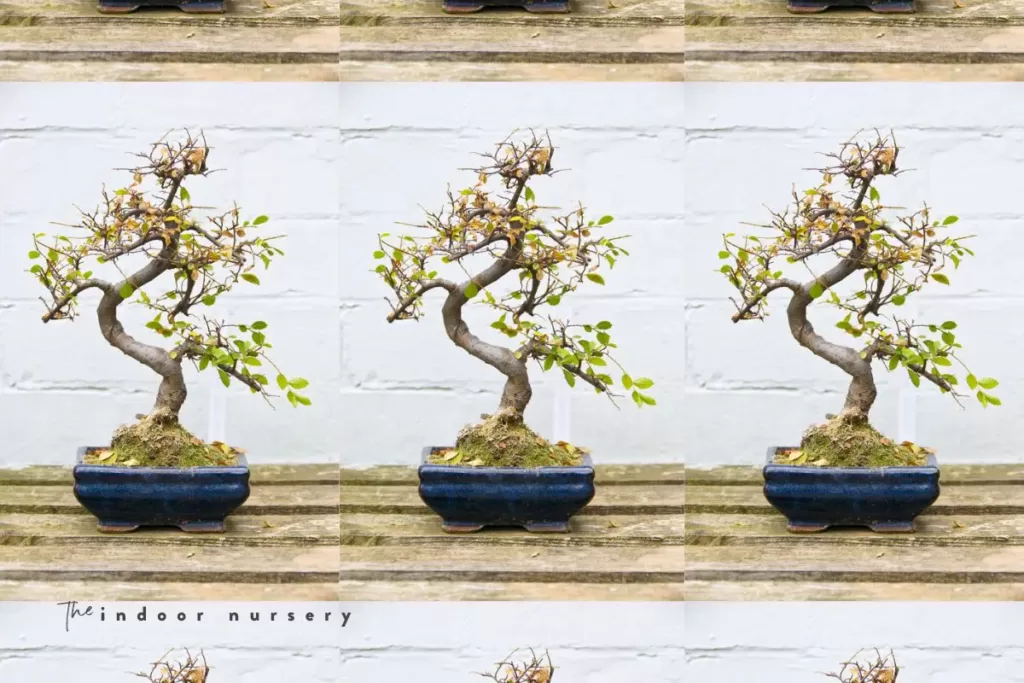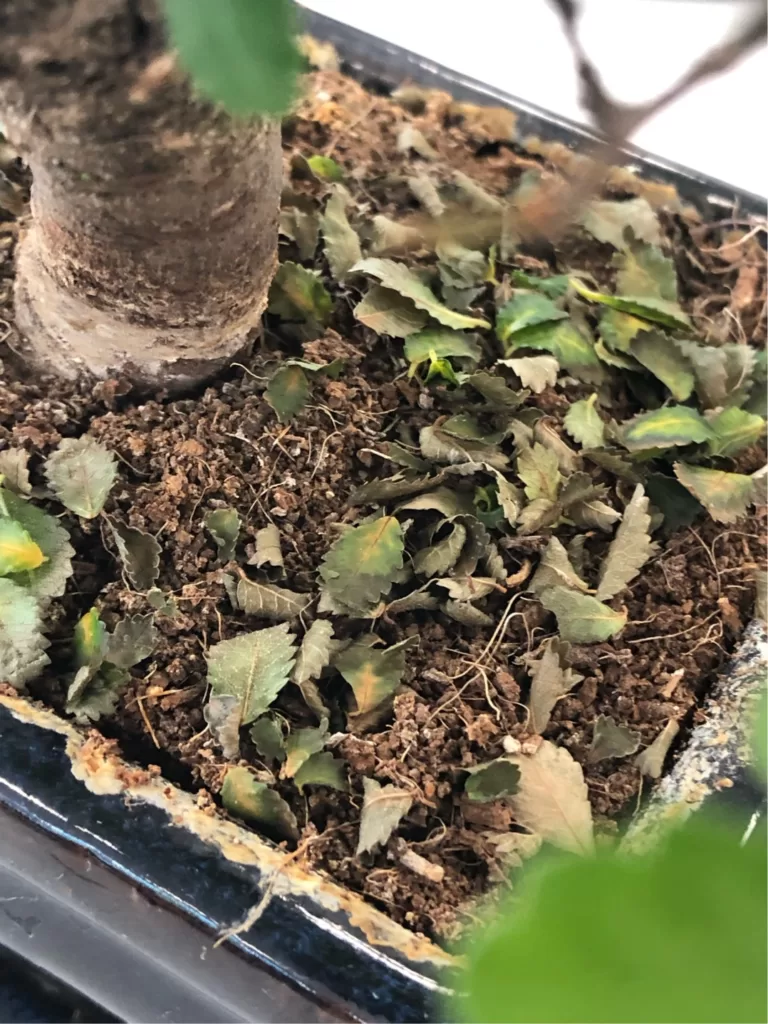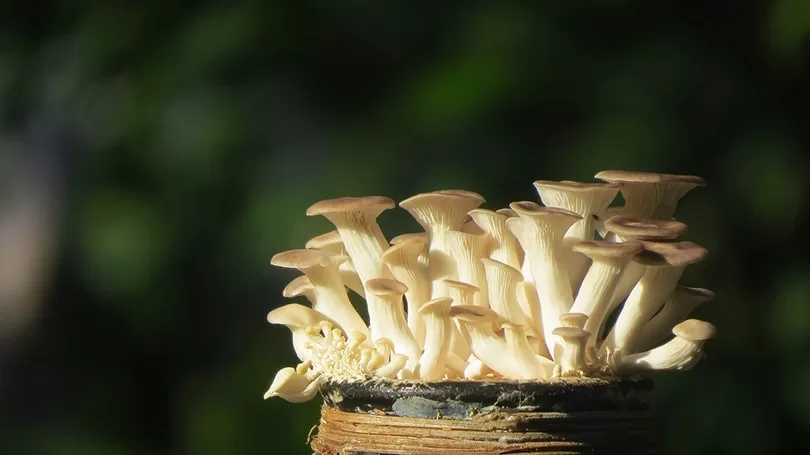Why Is My Chinese Elm Bonsai Losing Leaves: A Comprehensive Guide to Reviving Your Bonsai Tree
If you are a bonsai enthusiast and you have a Chinese Elm Bonsai, you may have noticed that it is losing leaves. This can be a very concerning issue for any bonsai owner, especially if you are not sure why this is happening. In this article, we will discuss the possible reasons why your Chinese Elm Bonsai is losing leaves and what you can do to address the problem. Bonsai trees are a popular choice for those looking to bring a touch of nature into their homes. These miniature trees require specific care and attention to maintain their beauty and vitality. One of the most common issues with bonsai trees is leaf loss, especially in Chinese Elm Bonsai trees. If you are wondering, “why is my Chinese Elm Bonsai losing leaves?” you are not alone. This issue can be concerning, but it is often manageable with the proper care and attention. In this article, we will discuss the common reasons for leaf loss in Chinese Elm Bonsai trees and how to revive your bonsai tree to its former glory.
Common Reasons for Leaf Loss in Chinese Elm Bonsai Trees

Lack of Sunlight Chinese Elm Bonsai trees require a lot of sunlight to thrive. Without enough sunlight, the leaves may turn yellow and fall off. Ensure that your bonsai tree is placed in an area that receives at least six hours of direct sunlight daily.
Overwatering
One of the most common reasons why bonsais, including Chinese Elm Bonsais, lose leaves is due to overwatering. When you overwater your bonsai, the roots become waterlogged, leading to a lack of oxygen in the soil. This can cause the roots to rot, leading to leaf loss. To avoid overwatering your Chinese Elm Bonsai, ensure that you water it only when the soil feels dry to the touch. Also, make sure that your bonsai pot has drainage holes to prevent water from accumulating in the soil.
Poor Soil Quality
The soil quality can also contribute to leaf loss in Chinese Elm Bonsai trees. The soil should be well-draining and nutrient-rich. If the soil is too compact, it can prevent the roots from absorbing water and nutrients, causing the leaves to fall off. To improve soil quality, consider repotting your bonsai tree in fresh, well-draining soil.
Underwatering
On the other hand, if you do not water your Chinese Elm Bonsai enough, the leaves can also drop off. When your bonsai does not receive enough water, the leaves will wilt and eventually fall off. To avoid underwatering your Chinese Elm Bonsai, ensure that you water it regularly, especially during hot and dry weather.
Inadequate Light
Chinese Elm Bonsais require bright, indirect sunlight to thrive. If your bonsai is not receiving enough light, the leaves may start to yellow and drop off. To address this issue, you can move your bonsai to a location where it can receive more light. You can also consider using artificial lighting to provide your bonsai with the light it needs to thrive.
Temperature
Chinese Elm Bonsais prefer moderate temperatures between 60°F to 75°F. If the temperature is too high or too low, the leaves may start to drop off. To avoid this problem, ensure that you keep your bonsai in a location with a consistent temperature. You can also consider using a thermometer to monitor the temperature and adjust it accordingly.
Pest Infestation
Chinese Elm Bonsais are susceptible to pest infestations, including spider mites, aphids, and scale insects. These pests can damage the leaves, causing them to drop off. To prevent pest infestations, ensure that you keep your bonsai clean and healthy. You can also consider using insecticidal soap to control pests.

How to Revive Your Chinese Elm Bonsai Tree
If you notice leaf loss in your Chinese Elm Bonsai tree, there are several steps you can take to revive your tree.
- Adjust Watering If you suspect that overwatering or underwatering is the cause of leaf loss, adjust your watering routine accordingly. Ensure that the soil is well-draining and water your bonsai tree only when the soil is slightly dry to the touch.
- Provide Adequate Sunlight Ensure that your bonsai tree is placed in an area that receives at least six hours of direct sunlight daily. If your bonsai tree is not receiving enough sunlight, consider moving it to a sunnier location or supplementing with artificial light.
- Improve Soil Quality If poor soil quality is the cause of leaf loss, consider repotting your bonsai tree in fresh, well-draining soil. You can also add fertilizer to the soil to provide additional nutrients.
- Treat Pest Infestations If pests are causing leaf loss, treat the infestation promptly. You can use insecticidal soap or neem oil to treat pests
In conclusion, there are several reasons why your Chinese Elm Bonsai may be losing leaves. By addressing these issues, you can help your bonsai thrive and remain healthy. Remember to water your bonsai correctly, provide it with adequate light and temperature, and monitor it for pest infestations. With proper care, your Chinese Elm Bonsai will continue to bring you joy and beauty for years to come.







